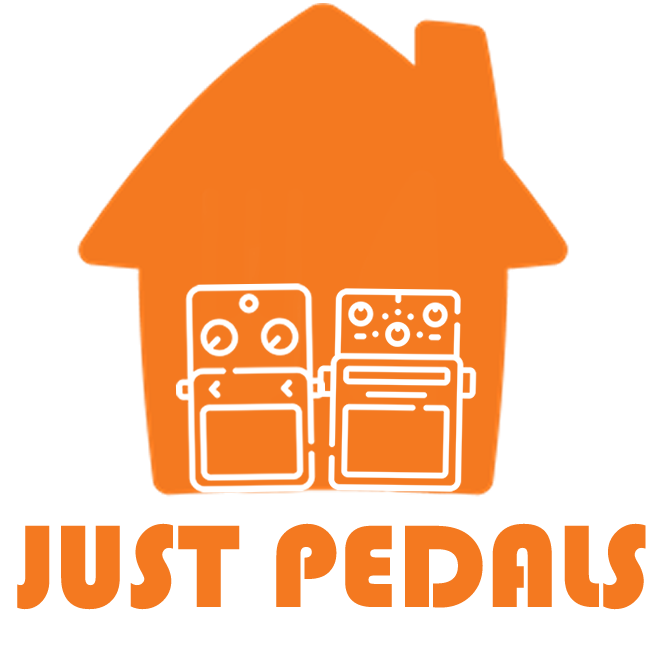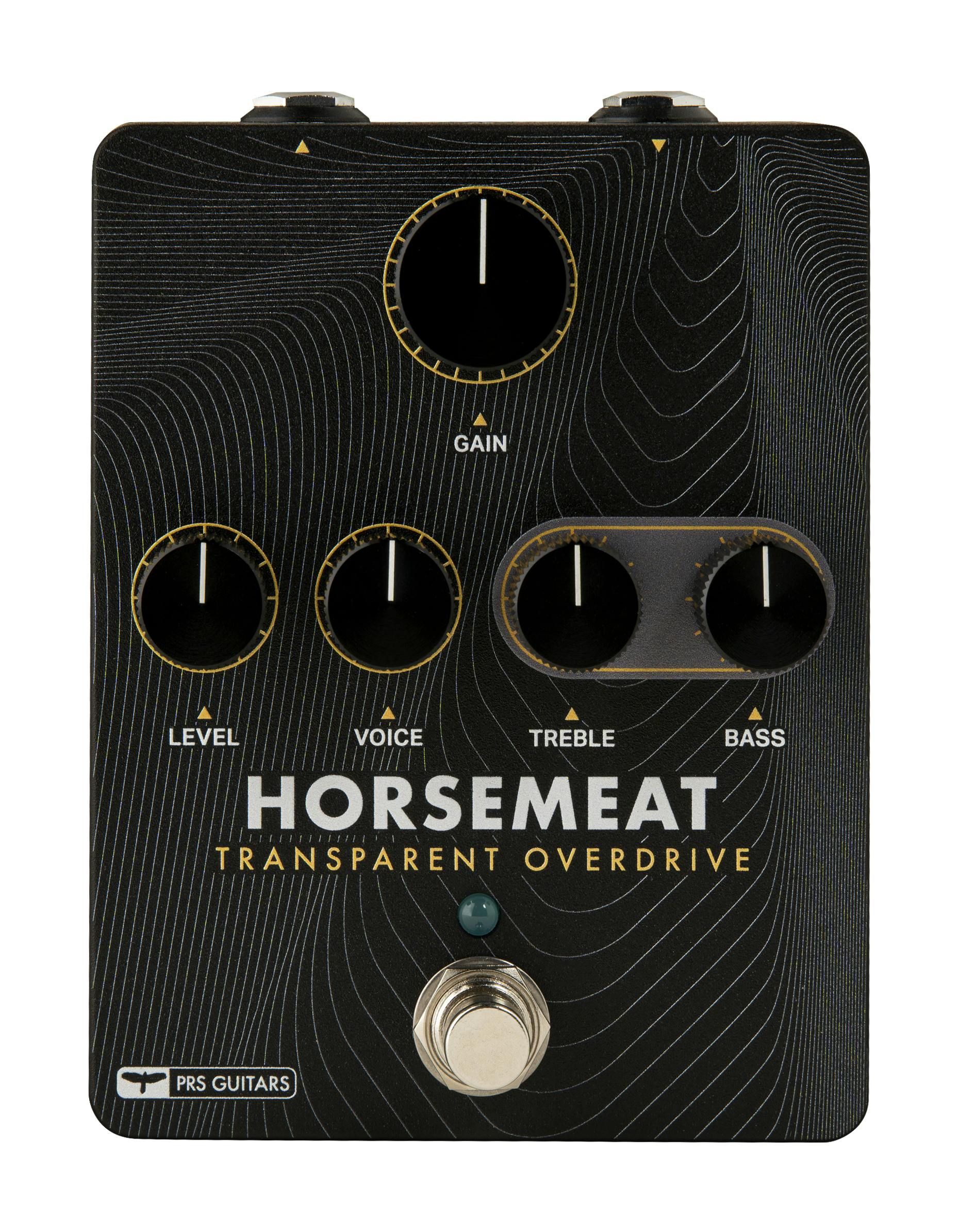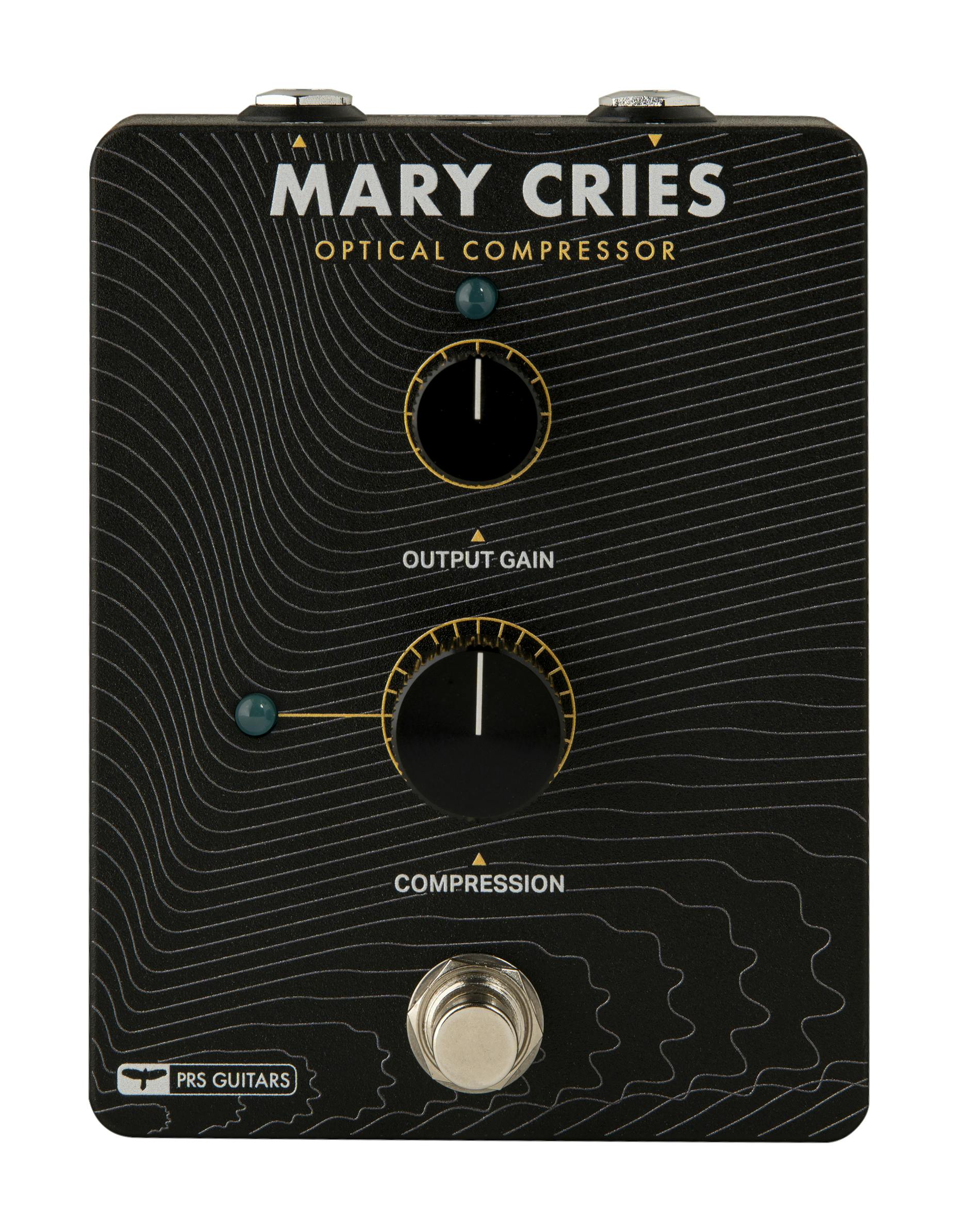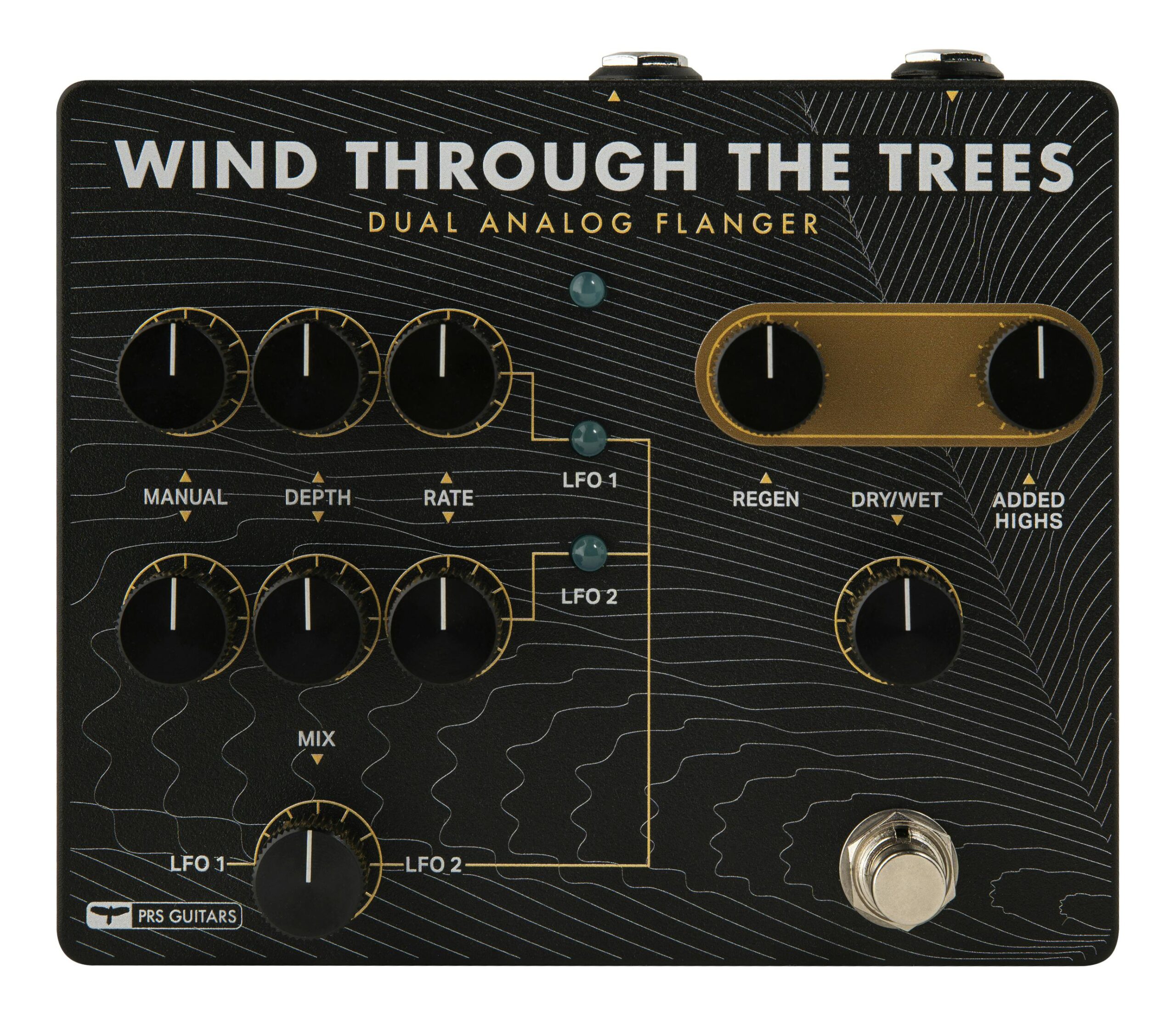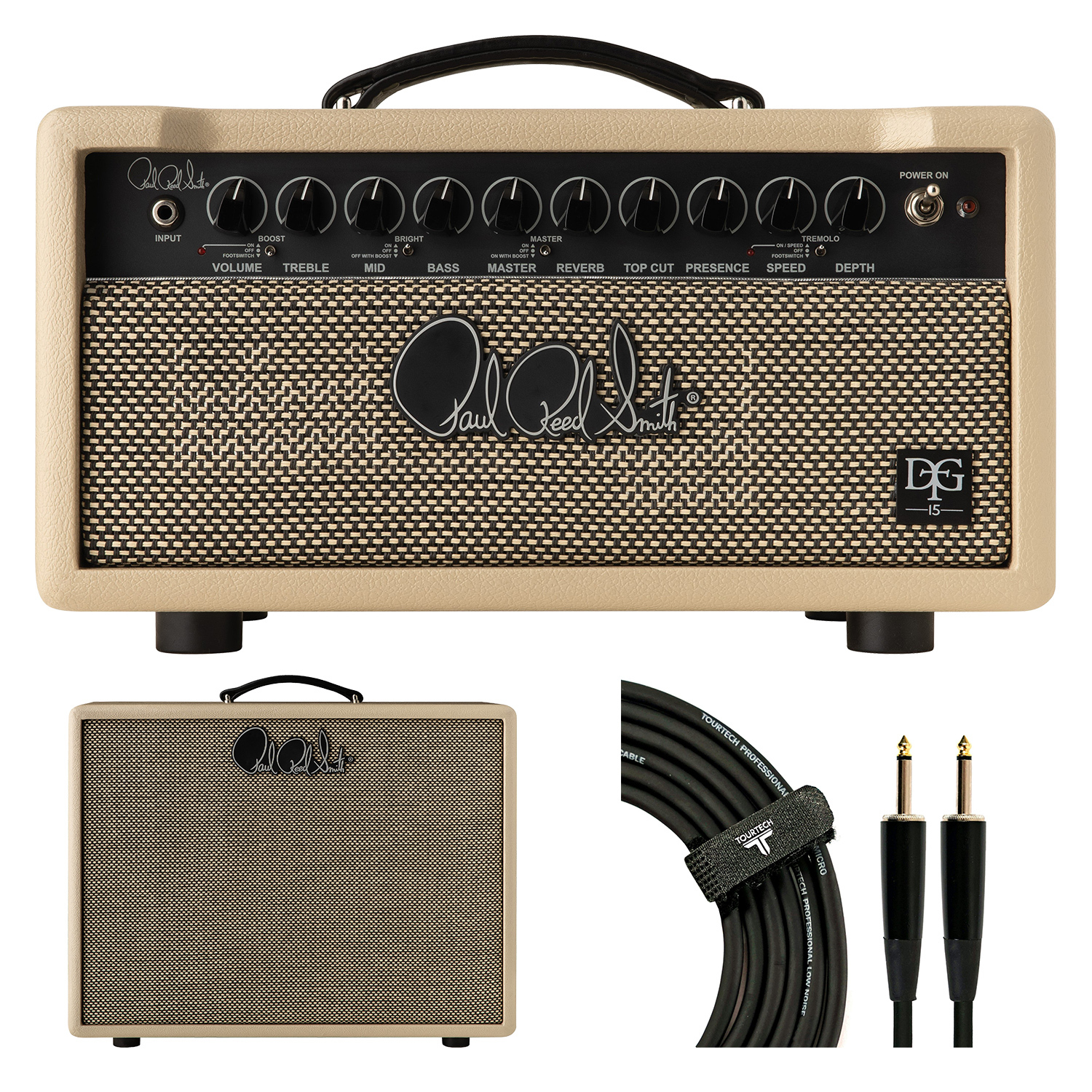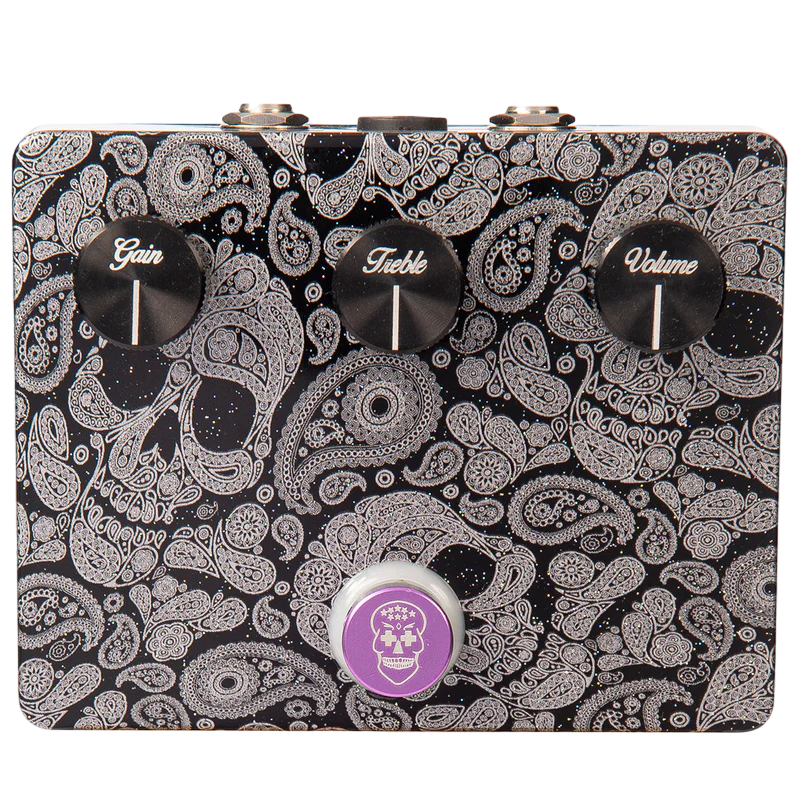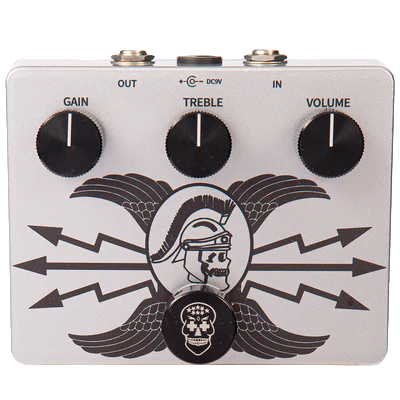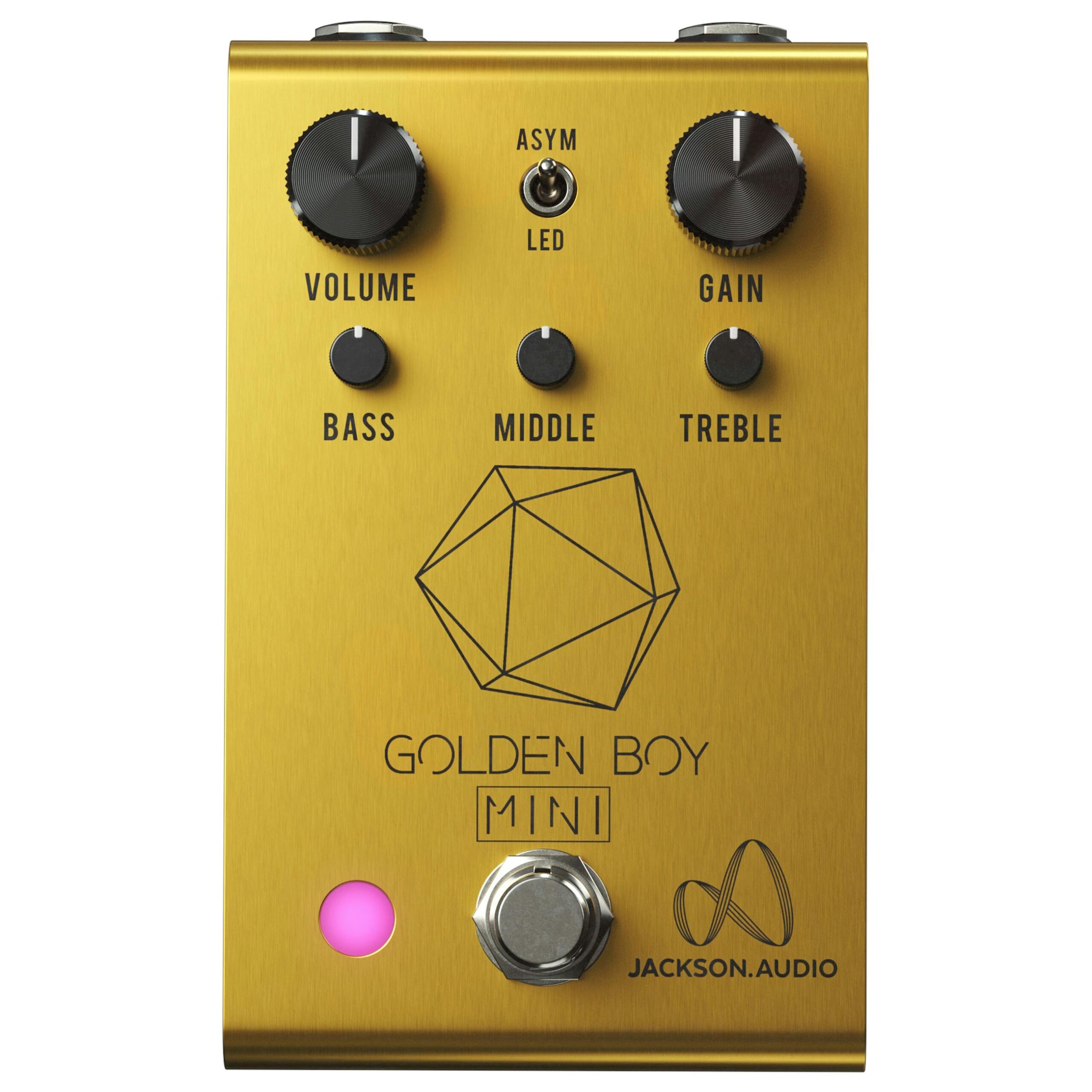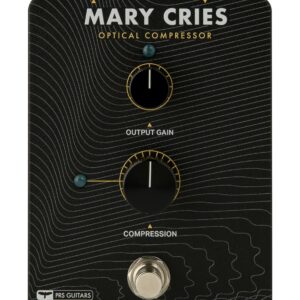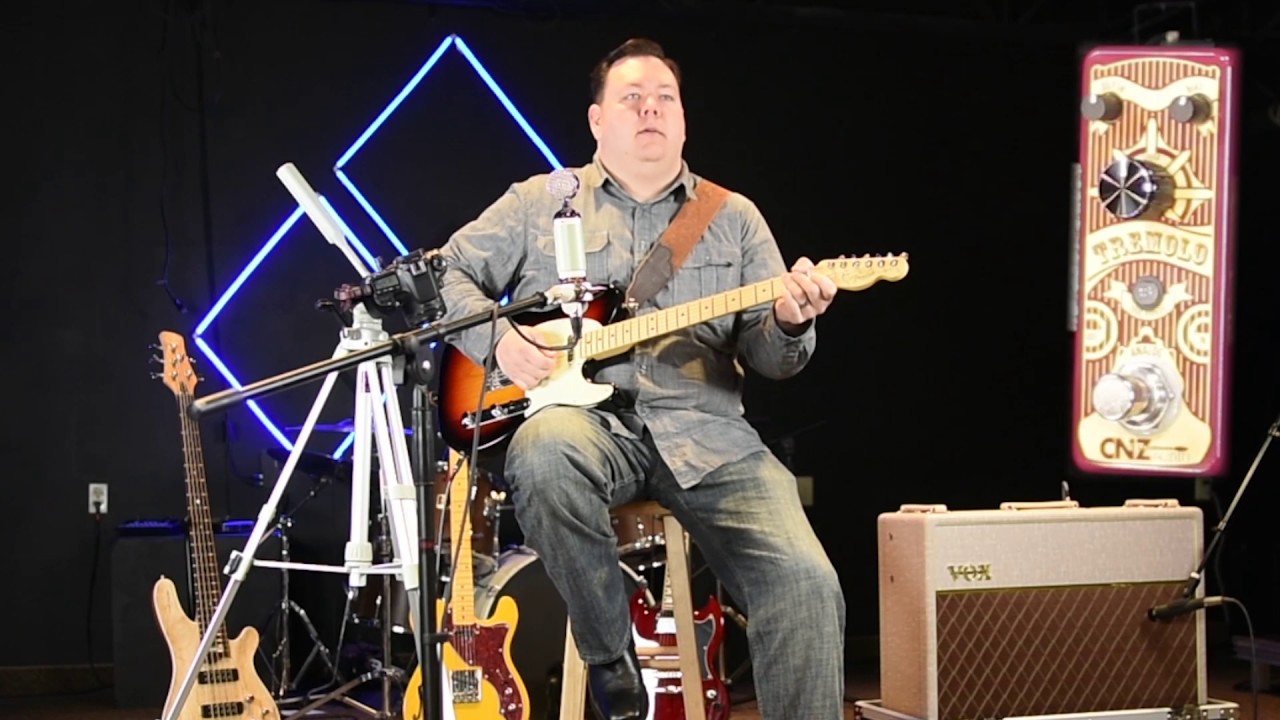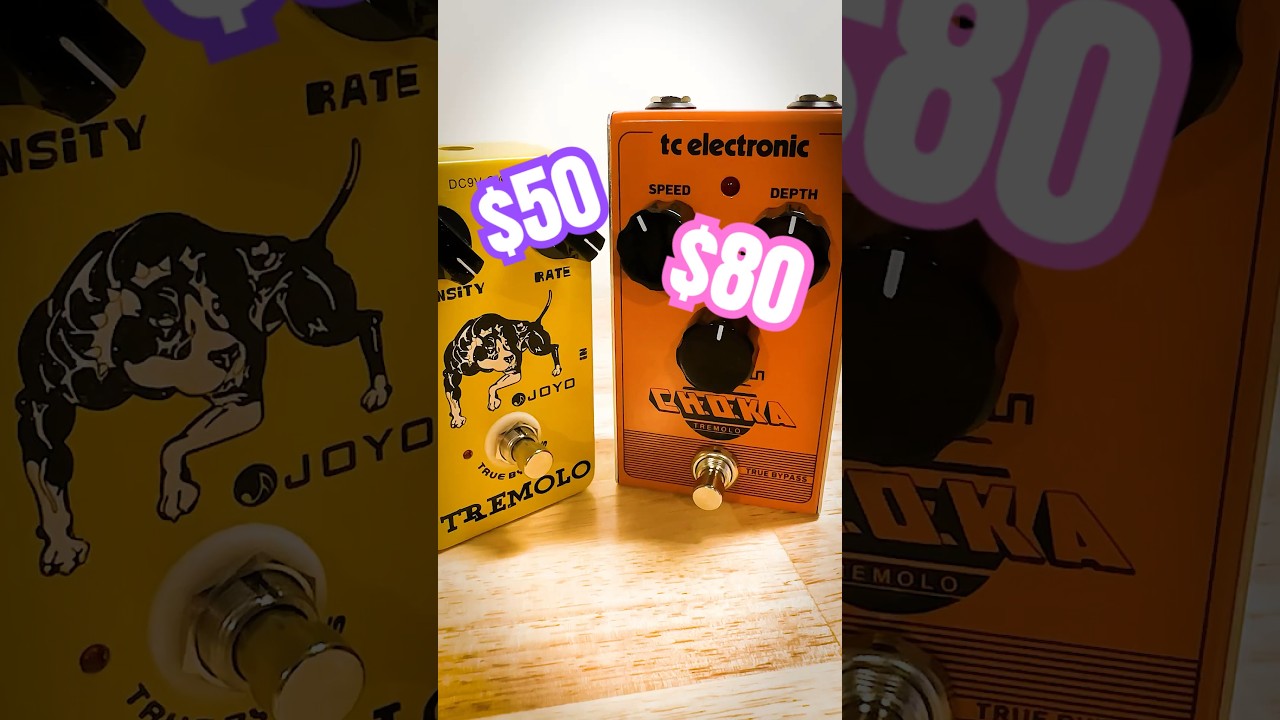Description
The PRS Horsemeat Transparent Overdrive Pedal is currently retailing at £279 and it is in stock. Available to be delivered to you by post direct (some charge may apply).The team at Just Pedals think that PRS nailed it with the PRS Horsemeat Transparent Overdrive Pedal. PRS Horsemeat Transparent Overdrive Pedal
We have new and used PRS musical equipment available on our website for fast direct delivery from sellers across the UK & Europe.
PRS (Paul Reed Smith) is a prestigious American company that designs and manufactures high-end **electric guitars**, **bass guitars**, and **amplifiers**. Founded in 1985 by luthier **Paul Reed Smith**, the company quickly earned a reputation for producing beautifully crafted instruments with exceptional tonal quality and playability. PRS guitars are known for their distinctive **aesthetic** design, featuring **exquisite wood choices**, intricate **inlays**, and a polished finish that reflects the company?s dedication to artistry and craftsmanship. Beyond their striking appearance, PRS guitars deliver a versatile sound that has made them a favourite among a wide range of musicians, from rock and metal players to jazz and blues artists. Their **Custom 24** model is particularly iconic, often regarded as a benchmark for modern electric guitar design. PRS also manufactures amplifiers, which are highly respected for their clarity, tonal depth, and dynamic range, making them ideal for both stage and studio use. The company continues to be at the forefront of guitar-making, combining traditional craftsmanship with innovative design to create instruments that are prized by players around the world.
Just Pedals is a new Guitar Effect Pedals Marketplace – We feature new and used Guitar Effect pedals from different sellers, to purchase online from the UK.
We checked and good news we have it in stock, it has your name on it.
Order today and we will have it with you in a jiffy !
Overdrive is a popular guitar effect that creates a warm, distorted sound by amplifying the signal of an electric guitar, typically using a pedal or an amp’s built-in circuit. The effect simulates the natural distortion that occurs when a tube amplifier is pushed to its limit, creating a rich, harmonic response that adds sustain, warmth, and character to the tone. Overdrive pedals are commonly used to add grit and growl to a clean tone without the harshness of full distortion.
The overdrive effect works by boosting the input signal, causing the amplifier to break up and clip the waveform, resulting in a smooth, musical distortion. This is often more subtle and less aggressive than other forms of distortion, making overdrive pedals ideal for blues, classic rock, and country players who seek a dynamic sound that responds to their playing touch. Overdrive pedals can be used in conjunction with other effects like delay and reverb to shape a more complex, evolving sound. Popular overdrive pedals include the Ibanez Tube Screamer, the Fulltone OCD, and the Boss OD-3, each offering different tonal characteristics, from smooth and bluesy to punchy and aggressive.
Just the latest videos
Just related products
£27.99
Modified Centaur Overdrive Guitar Effects Pedal. The choice of three switches gives you that Silver, Golden, Red three legendary overdrive sounds. Tone control knob for either fattening the Bottom End or adding Crystal Clear Sparkles to the Overall T…
read more
14% Off £24.36
Authentic Vintage Tone: The TO800 recreates classic tube-like crunch using original 4558 op amps and MA150 distortion diodes, delivering rich, overdriven tones perfect for rock Customizable Sound: Shape your perfect tone with dedicated Drive, Tone, a…
read more
£47.99
True vintage overdrive pedal tone–it brings you a compact pedal which delivers the characteristic tone of overdriven tube amplifiers: clear, transparent, warm and natural with a dynamic feel and no compression. User-friendly pedal–The D50 features …
read more
£27.19 £24.38
Guitar overdrive/ boost effect pedal, with 2 modes of voice to choose(Normal/ Soft). 3 functional knobs(TREBLE/OUTPUT/GAIN) for adjusting the performance of the overdrive effect. True bypass footswitch for switching between overdrive effect and bypas…
read more
£25.15
Enhance your guitar's sound with this high-quality Overdrive pedal. With multiple modes and adjustable knobs, it offers a wide range of tones and effects to suit your playing style and preferences. This Guitar Overdrive Pedal features two voice modes…
read more
